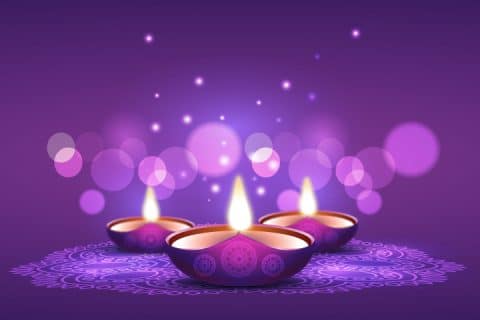‘No no. Check if the bedroom faces the North. That’s not good’, said one friend. ‘The North is fine. It’s the South-East that is bad’, said another friend equally confidently. ‘It’s what direction the door faces that makes all the difference’, said an uncle. For Akhila, who was buying her first home at 27, this well-meaning advice seemed to be adding hassle to what had until then seemed a fairly simple task of checking on more mundane items like location, the quality of construction, and builder reputation in her home buying glossary. Vastu compliance? She hadn’t thought of that. Yet.
The ancient Indian system of architecture called Vastu has made a comeback over the past few decades and how! Its popularity has soared along with that of the Chinese system of Feng-Shui. But its popularity has also led to a flood of incorrect information, pseudo-Vastu scientists, and a host of Vastu products that were probably never mentioned in the ancient shastras. Its core principles are based on the movement of water, fire, earth, air, and space – all elements of Nature that are believed to allow the free flow of positive, natural energy.
Vastu and Water
Vastu of water is based on the placement and direction of flow. Again, direction plays a critical role in water placement with the North-East, North, and East considered to be harmonious with the flow of energy. The positions for the drainage of water, tanks, and drains can be aligned in accordance with this element.
Vastu and Fire
Light in all its forms, natural and man-made, makes all the difference to how we view our homes. The substance, space, and style of your home can often be defined by the extent of light.
Uplifting the natural light, and the rays of the sun casting subtle warmth can change the vibes of any room. It is suggested to place more light fittings in the direction of the North or the East. For a kitchen, it is recommended that the ‘fire’ for cooking should be placed in the South-East.
Vastu and Earth
Vastu guidelines lay down directions for the selection of a plot or site. It is recommended that a detailed inspection of the type of soil, the size, and shape, as well as the direction of the plot, be considered before commencing construction. Earth is considered to be the most important element in Vastu and forms the basis for the flow of the other elements.
Vastu and Space
Too much junk accumulated over the years? De-clutter. A home needs free, fluid movement and too many objects tend to hamper this flow. Let the energy flow through most corners of your house. The corners are typically where we end up stacking stuff like brooms or mops. Vastu suggests not to keep the corners congested. Let it be clean and light.
Good lighting, de-cluttering, cleanliness, and soothing light colours in combinations with sharp colours should be used for enhancing the flow of positive energy.
Vastu and Air
Breath is the focus and basis of all life and air is one of the most important elements in Vastu. As with light, air too should be allowed unobstructed movement to enable a clear flow of energy through the house. Air should enter the house from the North-East direction. Accordingly, balconies, doors, windows, and even air-conditioners can be aligned on this principle.
Our homes are not just places to live in. They reflect the energies we give to it. Harmonising the elements of nature can align the energies we infuse the places we reside in. A dash of light, a breath of air, or the rhythm of water might just add the right touch of warmth to our homes. Akhila laughs now at her home buying experience. ‘There were so many conflicting ideas. But I did my research, stuck to the basics, and found a home that aligns the basic elements of light, air, space, and energy. After all, Vastu or not, those are beautiful principles to base our homes on’.






